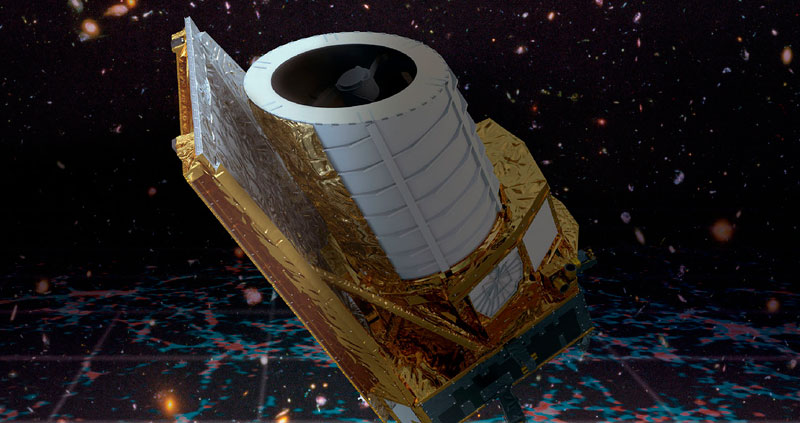A SpaceX Falcon 9 rocket took off this Saturday from the US Space Force Station in Cape Canaveral (Florida), with the purpose of placing the Euclid telescope of the European Space Agency (ESA) into orbit, which will be commissioned to study matter and dark energy in the universe.
According to Elon Musk’s company, the device will be placed in a Sun-Earth L2 transfer orbit, also known as the L2 Lagrange point. He also commented that the first stage propellant landed on the A Shortfall of Gravitas autonomous maritime platform, which is located in the Atlantic Ocean. This propellant was previously used in the Axiom 2 (Ax-2) space mission, which was the second commercial flight of the American company Axiom Space.
SpaceX confirmed the deployment of the Euclid telescope, beginning its journey to fulfill its scientific mission.
The Euclid mission of the European Space Agency aims to analyze the dark matter and energy of the universe, specifically to understand the formation and distribution of galaxies. It is expected that he will spend about six years examining the universe.
The Euclid telescope was named after the Greek mathematician Euclid, considered the father of geometry. It will take about 30 days for Euclid to reach the L2 Lagrange point, at the same location shared by other spacecraft, including NASA’s James Webb Space Telescope. The L2 point is located 1.5 million kilometers from our planet, on the opposite side of the Sun.
Subsequently, Euclid will spend the next seven months in a trial period that includes testing its capabilities and imaging instruments. According to ESA staff, the first photographs of targets obtained by the telescope will be published in the coming months. Meanwhile, public participation will be encouraged to test the probe’s capabilities, making comparisons with ground-based observatories.
Scientists estimate that dark energy and dark matter together make up 95% of the cosmos, while the ordinary matter we can see makes up only 5%. Dark energy is essentially responsible for the accelerated expansion of the universe. This acceleration appears to have started about 5 billion years ago and was discovered by observing the recession velocity of distant galaxies from ground-based telescopes.
For its part, dark matter is the predominant form of matter in the universe. Without it, stars probably would not have formed in the early universe, and the presence of dark matter throughout the universe is essential for the formation of all cosmic structure. Dark matter and dark energy are not directly visible at wavelengths of light, but astronomers can discern their effects on other objects.
Euclid was designed and built entirely by ESA, with assistance from NASA, which supplied the photodetectors for its near-infrared instrument. The Euclid Consortium comprises overall more than 2,000 scientists from 13 European countries, the US, Canada and Japan. with RT
